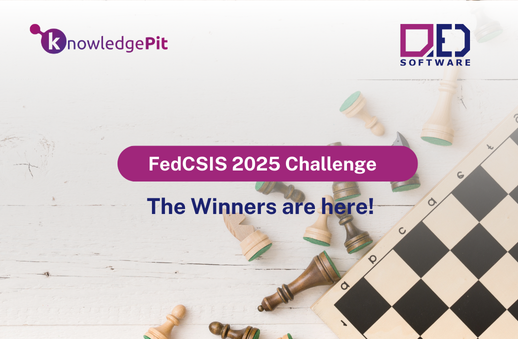Imagine someone shows you an animal you’ve never seen before in your life. If you take a good look at it, you’ll surely recognize it the next time you see it. Simple, right? Not for computers. Artificial intelligence experts have been teaching computers to recognize objects for years. And while they’re getting better at it, even the most advanced programs still don’t work perfectly. Why is that? We’ll find the answer by taking a closer look at what object recognition is.
- What Is Object Recognition and How Does It Work? Object recognition involves using artificial intelligence to recognize, identify, and position objects in photos and videos. To achieve this, high-quality data must first be provided to computer algorithms. This way, programs learn what characteristics different objects have. Then, if the learning process is successful, the algorithms will be able to recognize specific objects in photos and videos. In theory, this sounds simple. After all, the human brain performs such operations automatically. However, it’s not as easy for artificial intelligence, and the quality of image recognition depends on the quantity and quality of the data provided.
- Methods and Applications of Object Recognition The main image recognition methods include:
- Classification,
- Tagging,
- Detection,
- Segmentation. Object classification involves the algorithm recognizing only one object, ignoring all others. In the case of tagging, the algorithm identifies multiple objects in a given image. Object detection is based on image processing, allowing the detection of specific object classes in images and videos. Segmentation, on the other hand, not only determines the object’s location but also its precise shape (as the algorithm can assign each pixel of the image to a specific category). One of the most important applications of object recognition is in the automotive industry and autonomous vehicle technology. Image recognition enables such vehicles to identify road signs and distinguish pedestrians from stationary objects. Additionally, image recognition is used in cameras to identify individuals based on their faces or iris patterns. In retail, smart cameras detect customers and track their behavior during shopping, allowing brands to better design stores and arrange products on shelves.
- Object Recognition vs. Other Technologies Object recognition is sometimes confused with other technologies such as object detection and object tagging. How do they differ? As the name suggests, object detection involves detecting a specific object class and locating it in an image. Only after the object is located do image recognition programs come into play to determine what the object is. Object tagging, on the other hand, involves assigning characteristics that the algorithm is aware of to objects. The difference between all three technologies can be summarized as follows:
- Object detection: This is an object.
- Object recognition: This object is 95% a cat.
- Object tagging: This is a 95% Scottish fold cat.
- Object Recognition Techniques Object recognition relies on various machine learning techniques. In the case of deep learning, algorithms are used to automatically learn the distinctive features of a given object that can be used for identification. For example, a program learns to differentiate between dogs and cats by analyzing thousands of images and identifying features that distinguish cats from dogs. On the other hand, using non-deep learning machine learning for image recognition requires a dataset of images or videos where significant features of each image are marked. These features are then added to a machine learning model, which separates them into different categories to use this information for analysis and classification of new objects. Using such machine learning for object recognition provides greater flexibility in choosing the best combination of features and categories for learning. Furthermore, accurate results can be obtained with minimal input data. In contrast, deep learning requires powerful graphics processing units and a vast amount of labeled data. If you lack both, it’s better to opt for non-deep learning machine learning.
- Advanced Techniques and Commonly Used Object Recognition Works Other techniques used for object recognition include:
- Template matching: A technique for comparing objects, allowing the recognition of symbols, letters, numbers, and objects.
- Color-based recognition: This technique is used when color is a distinguishing feature of objects, such as distinguishing oranges from apples based on the knowledge that oranges are exclusively orange, while apples can be red, green, or yellow.
- Shape-based recognition: This involves distinguishing objects based on their distinctive shapes.
- Summary and Sources What is natural for humans presents a significant challenge for computer programs. However, access to increasingly affordable and powerful computing capabilities, along with high-quality images and videos, means that algorithms are getting better at recognizing objects. As a result, artificial intelligence is already supporting humans where computer vision can accurately analyze and interpret incoming data.



